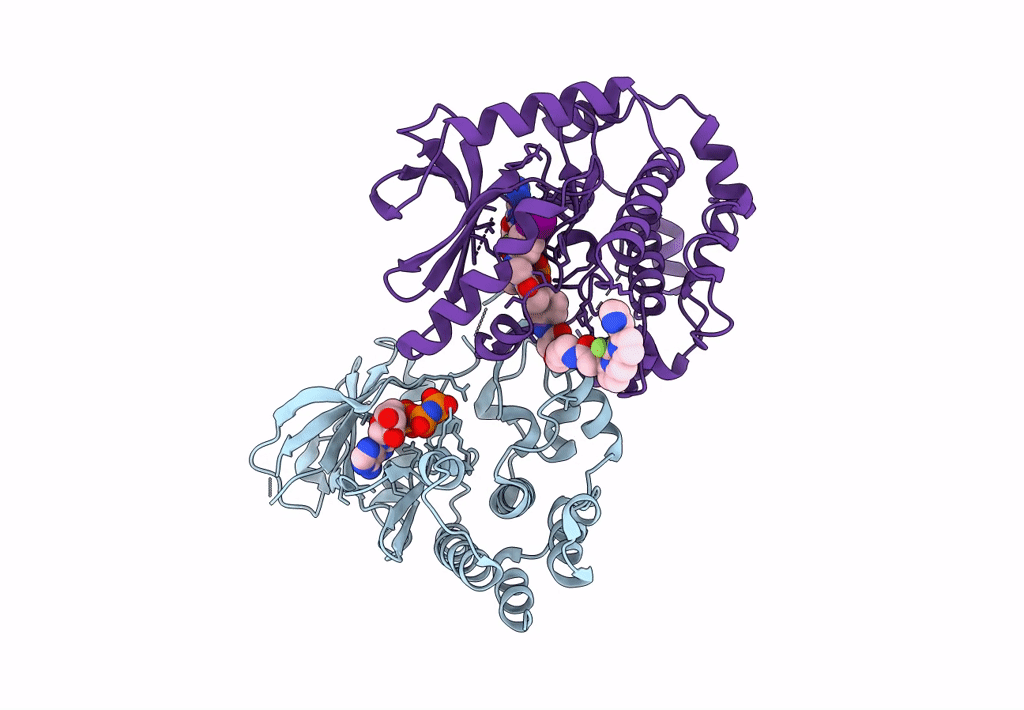
Deposition Date
2022-04-06
Release Date
2023-09-27
Last Version Date
2024-03-20
Method Details:
Experimental Method:
Resolution:
3.23 Å
R-Value Free:
0.26
R-Value Work:
0.22
R-Value Observed:
0.23
Space Group:
P 61 2 2


